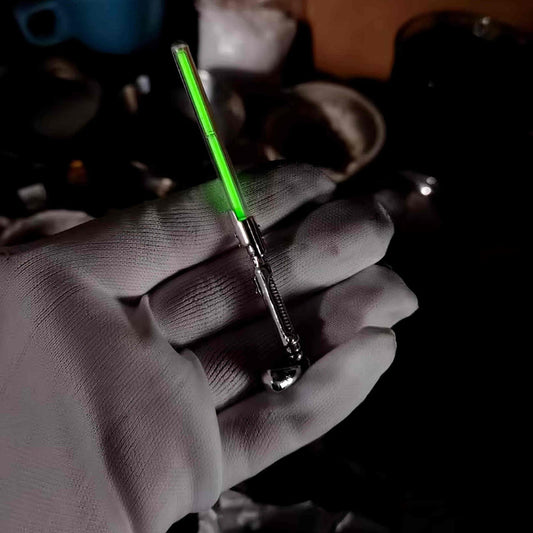The Allure of Lab-Grown Padparadscha Sapphires
The Allure of Lab-Grown Padparadscha Sapphires
I remember the first time I encountered a padparadscha sapphire. It was in a cozy little shop in a corner of San Francisco, far from the bustling crowd, where each piece of jewelry had its own tale to tell. The stone's unique blend of pink and orange hues immediately captured my attention, reminiscent of a breathtaking sunset fading into the ocean. I was so entranced by its beauty that, at that moment, I didn't care whether it was natural or lab-grown. Its charm was undeniable.
For those unfamiliar, padparadscha sapphires have an intriguing name derived from the Sinhalese word for “aquatic lotus blossom.” This gem’s distinctive coloring has long been celebrated in Sri Lanka, the traditional source for these stones. However, as the demand for gem-quality padparadscha has grown, the supply of naturally occurring stones has struggled to keep pace, often leading to inflated prices and limited availability. Enter the lab-grown alternative, which has sparked an interesting dialogue about value, sustainability, and beauty.
Unlike their natural counterparts, lab-grown padparadscha sapphires are cultivated in controlled environments using cutting-edge technology. These stones are chemically and physically identical to those found in nature, with the added benefit of being produced without disrupting ecosystems or contributing to mining-related environmental issues. There's a certain satisfaction in knowing that one can own such a piece of art without the burden of ethical or environmental guilt.
It's fascinating to see how lab-grown gemstones have become a part of fashion’s evolving landscape. In recent years, there's been a noticeable shift in consumer attitudes, particularly among millennials and Gen Z, who are increasingly prioritizing ethical sourcing without compromising on style. I once overheard a friend at a dinner party earnestly defending her choice of a lab-grown engagement ring, stating that the beauty it held was just as valuable, if not more, because of its clean origin story.
It’s a bit like choosing between a fine bottle of wine and its equally impressive organic counterpart. Both can offer the same depth of flavor and enjoyment, yet the story behind them diverges, giving each its distinct appeal. In the case of these lab-grown stones, it’s not just about replicating nature but enhancing our appreciation for it.
As I look back on that day in San Francisco, I realize that my initial attraction to the padparadscha sapphire was purely aesthetic. Yet, the more I delve into the world of lab-grown gems, the more I champion their place in the modern jewelry landscape. They're a testament to human ingenuity and a catalyst for conversations about innovation and responsibility.
In my jewelry box today, I have a small collection of lab-grown stones, each with its color, cut, and memory. Among them, of course, is the padparadscha sapphire, a reminder of that unexpected discovery and the beauty of sunsets. It's a piece of captured light, resonating with the warmth of a good story and a brilliant future.



























